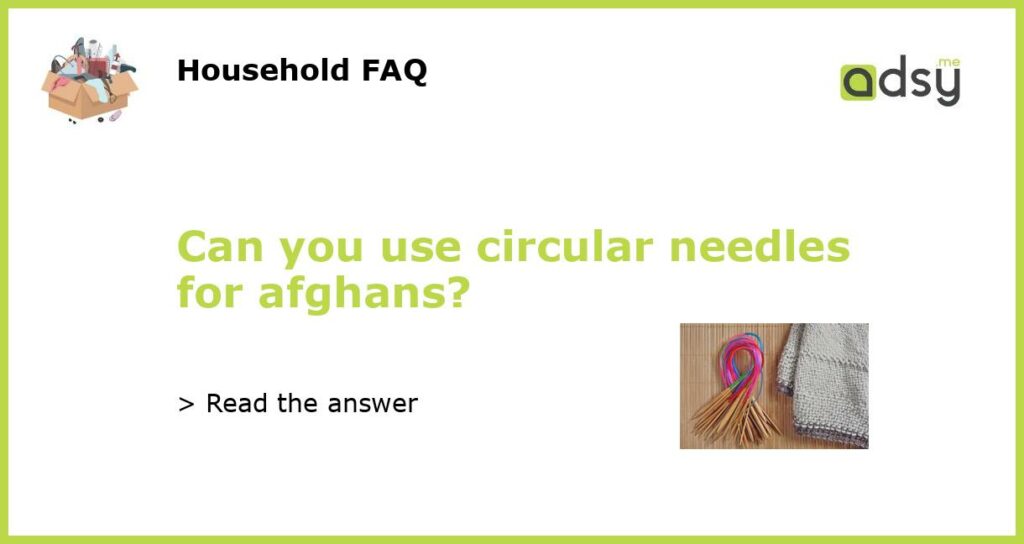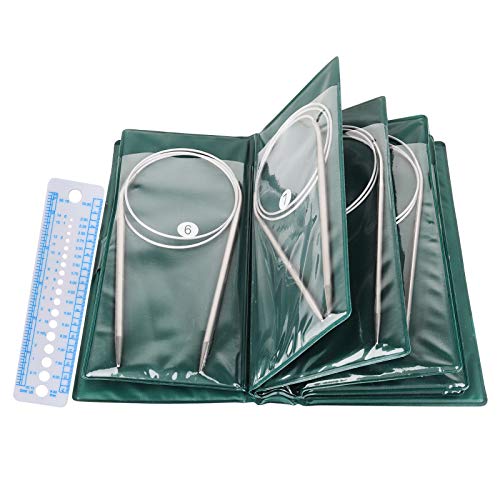What are Circular Needles?
Circular needles are an essential tool for knitters since they are versatile and can be used for a variety of projects. These needles consist of two pointed needles connected by a flexible cable, making them more adaptable than standard straight needles.
What are Afghans?
Afghans are colorful blankets that are traditionally crocheted or knitted. They are frequently made with various yarn colors and patterns to make beautiful and unique designs. Afghans have been in existence for a long time and are cherished by many individuals.
Can Circular Needles be Used for Afghans?
Yes, circular needles can be used for afghans. Circular needles are ideal for afghans since they have a longer flexible cable, allowing the knitter to work a large number of stitches comfortably. Additionally, since circular needles distribute the weight of the afghan more equally, they are more comfortable to use for extended periods.
Why are Circular Needles Ideal for Afghans?
Since afghans are big projects that involve knitting a large number of stitches, circular needles are ideal tools to use to make knitting comfortable. Moreover, circular needles are perfect for decreasing hand fatigue and wrist pain because they do not require any support from the wrists or hands. As a result, circular needles are an excellent choice for afghans since they make the project more comfortable and help to prevent some knitting-related injuries.
In conclusion, circular needles can be used for afghans. Since afghans are generally bigger than other knitting projects and require more stitches, using circular needles makes the process more comfortable and less demanding on the hands and wrists. They distribute the weight of the afghan more evenly, making it more accessible to hold for an extended duration. Circular needles are excellent for preventing injury and decreasing hand fatigue, which is something to consider for those that enjoy knitting.






